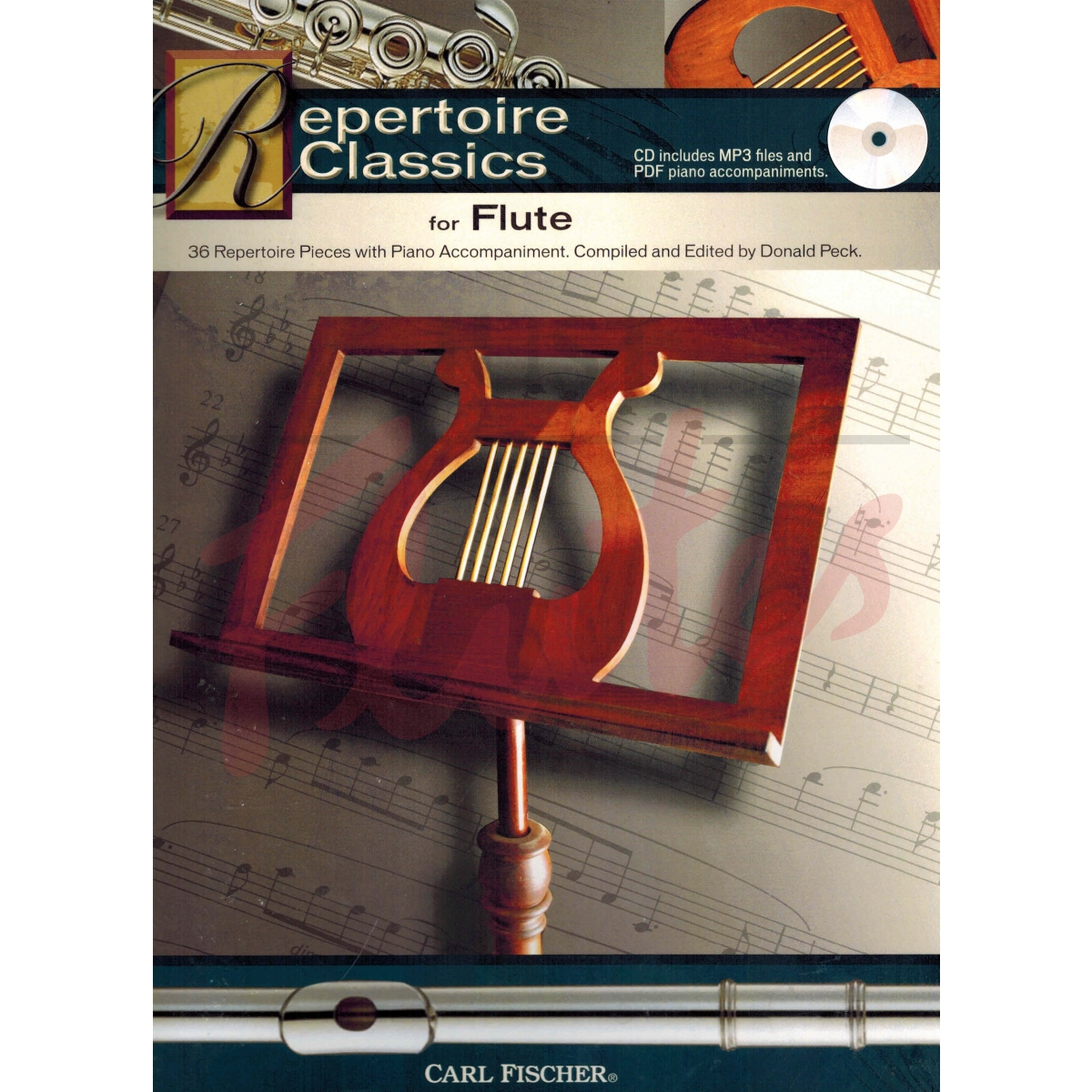

Musicians such as Vivaldi, Quantz, Rousseau, and Hasse worked for the ospedali at different points in their careers, giving students access to some of the most prolific composers and virtuosic instrumentalists of their time.

Quantz, Charles de Brosses, and Charles Burney.Īt the conservatory, girls were trained in conducting, trumpet, oboe, bassoon, horn, and other instruments not commonly taught to women anywhere else in Europe. The ospedali were praised by composers, government officials, and historians, including J.

They developed over time into schools where students, primarily girls, would receive the highest quality musical training.

The Ospedale della Pieta was one of four Venetian conservatories that began as orphanages.
#CLASSICAL PERIOD FLUTE REPERTOIRE PROFESSIONAL#
If Bon did indeed attend the ospedale, this early musical education would have had a significant impact on her professional development by providing training uncommon to women and girls during her lifetime. Uncertainty surrounds Bon's early years and musical training, but several historians cite a parish register indicating her admission to the Ospedale della Pieta in 1743. (3) The first and third published collections were composed for transverse flute and continuo, and the second was written for solo harpsichord. (2)īon published only three opus numbers during her lifetime, but there is a continued search for later unpublished works. Their leave is documented, but their destination, and therefore Anna's birthplace, is unknown. (1) She was born while her parents were on a brief leave from the court at St. The title pages of Bon's published collections list the date and her age, so we can assume that she was born in 1740. Rosa was an operatic soprano specializing in buffo roles of the comic intermezzi style, and Girolamo was an artist, stage designer, and performer. It is compounded by the neglect of women composers in the mainstream history of Western music.īon forged a successful musical career uncommon for her age and gender, and this can be attributed in part to the lives and careers of her parents, Rosa Ruvinetti and Girolamo Bon. This may be attributed to her limited number of extant works and her young age at their time of publication.
#CLASSICAL PERIOD FLUTE REPERTOIRE FULL#
Her flute music explores the full range of the 18th-century instrument, demonstrating a combination of virtuosity and elegance not seen in the music of many of her contemporaries.Īlthough critical and modern editions of her flute works have gradually appeared over the past two decades, the compositions have not yet gained regular performance or widespread recognition in the canon of 18th-century repertoire. Title: Hoffmeister: Sonata D major op.Anna Bon di Venezia, the Virtuosa di Musica di Camera for the court at Bayreuth, was an 18th-century composer of instrumental chamber music whose work is categorized today as part of a body of neglected and long-forgotten compositions by women composers of that era. While the first appears in a Baroque guise the second offers dynamic markings and differentiations in tempo and expression – signs of the new path that can be followed using the treasure trove contained in this Urtext edition. The two sonatas by Johann Baptist Vanhal printed here represent both the earlier and later varieties. However this is the period in which melodies were gradually transformed from Baroque rhetoric to classical symmetry. Along with sonatas with independent piano parts composers continued to cultivate the sonata with thoroughbass accompaniment. One of the last original, late romantic works for the recorder. Moment Musical for alto (treble) recorder solo (1986), in: A Birthday Album For The Society Of Recorder Players. The second volume of our collection describes the road from the Baroque Classicism. However, the choice of harpsichord as accompaniment appears dubious the part is better suited to a piano. Flute Music by : Ernst-Gunter Heinemann : Various Authors : Peter-Lukas Graf : Siegfried Petrenz


 0 kommentar(er)
0 kommentar(er)
